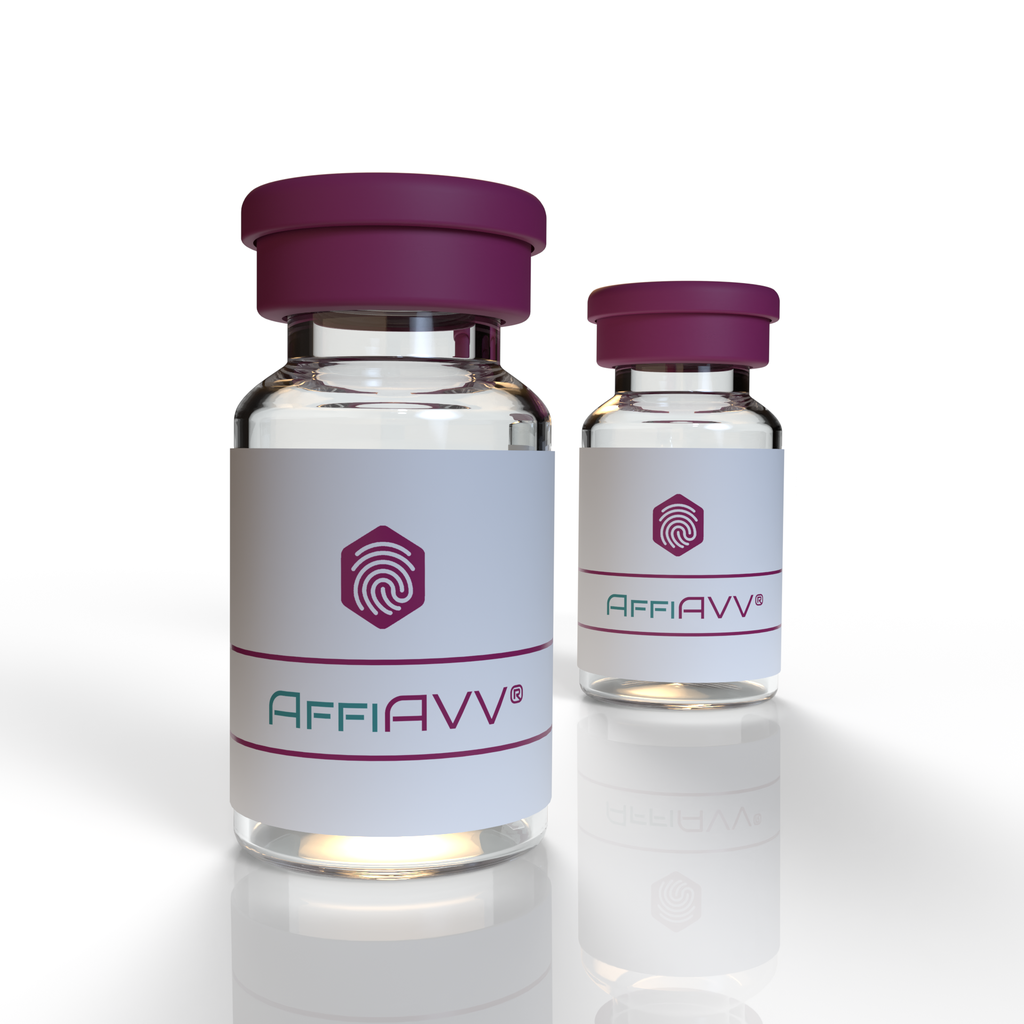rAAV-VGAT1-DIO-EGFP-WPRE-hGH polyA
rAAV-VGAT1-DIO-EGFP-WPRE-hGH polyA is a recombinant adeno-associated virus (rAAV) vector designed for targeted gene delivery. Here are the key components and features:
- VGAT1 Promoter: Drives expression specifically in GABAergic neurons.
- DIO (Double-floxed Inverted Open reading frame): Allows Cre-dependent expression of the transgene.
- EGFP (Enhanced Green Fluorescent Protein): Used for visualizing expression.
- WPRE (Woodchuck Hepatitis Virus Post-transcriptional Regulatory Element): Enhances transgene expression.
- hGH polyA (Human Growth Hormone Polyadenylation Signal): Ensures proper termination of transcription.
Application of rAAV-VGAT1-DIO-EGFP-WPRE-hGH polyA
This rAAV vector is primarily used in neuroscience research for conditional and cell-type-specific expression of the EGFP protein in GABAergic neurons in the presence of Cre recombinase. The VGAT1 promoter ensures neuron-specific expression, making it suitable for studies on GABAergic neural circuits and behavior.
Advantage of rAAV-VGAT1-DIO-EGFP-WPRE-hGH polyA
The combination of the VGAT1 promoter and DIO system allows for Cre-dependent expression of the EGFP protein, ensuring precise control over gene expression in GABAergic neurons. The inclusion of WPRE enhances overall transgene expression, and the hGH polyA ensures proper transcription termination. This vector is a powerful tool for targeted neuroimaging and functional studies, providing high specificity and efficiency.
Detailed Applications of rAAV-VGAT1-DIO-EGFP-WPRE-hGH polyA
- Conditional Gene Expression:
- Enables Cre-dependent expression of EGFP, allowing for precise temporal and spatial control of gene expression in GABAergic neurons.
- Suitable for studying the effects of gene activation in specific neuronal populations.
- Fluorescent Cell Labeling:
- EGFP allows for visualization of transduced GABAergic neurons under a fluorescence microscope.
- Useful for tracking and imaging specific neuronal populations in vivo and in vitro.
- Neuroscience Research:
- Facilitates the study of GABAergic neural circuits and their role in behavior and brain function.
- Helps in mapping and understanding the connectivity and function of inhibitory neurons.
- Neural Circuit Mapping:
- Allows for tracing and understanding the connections and interactions between GABAergic neurons.
- Combined with other techniques, it can reveal functional connectivity in the brain.
- Behavioral Studies:
- Helps in linking specific GABAergic neuronal activity to behavioral outcomes.
- Can be used to manipulate and observe changes in behavior following targeted neuronal labeling.
- Disease Models:
- Can be used to model neurological diseases where specific GABAergic neuronal populations are affected.
- Useful in preclinical research for developing therapeutic strategies targeting GABAergic neurons.
